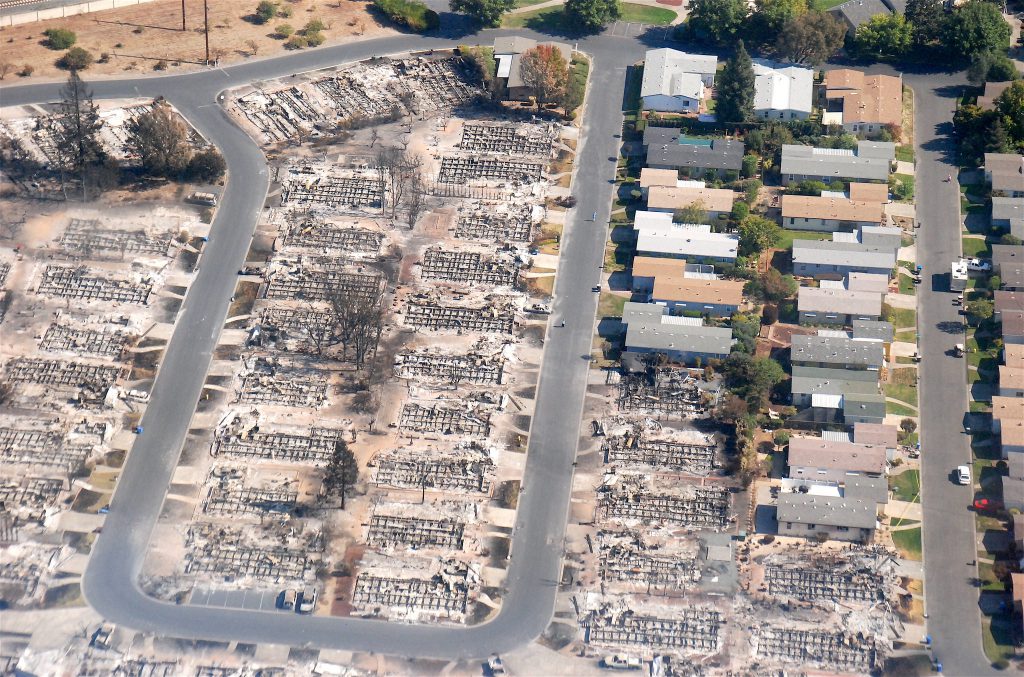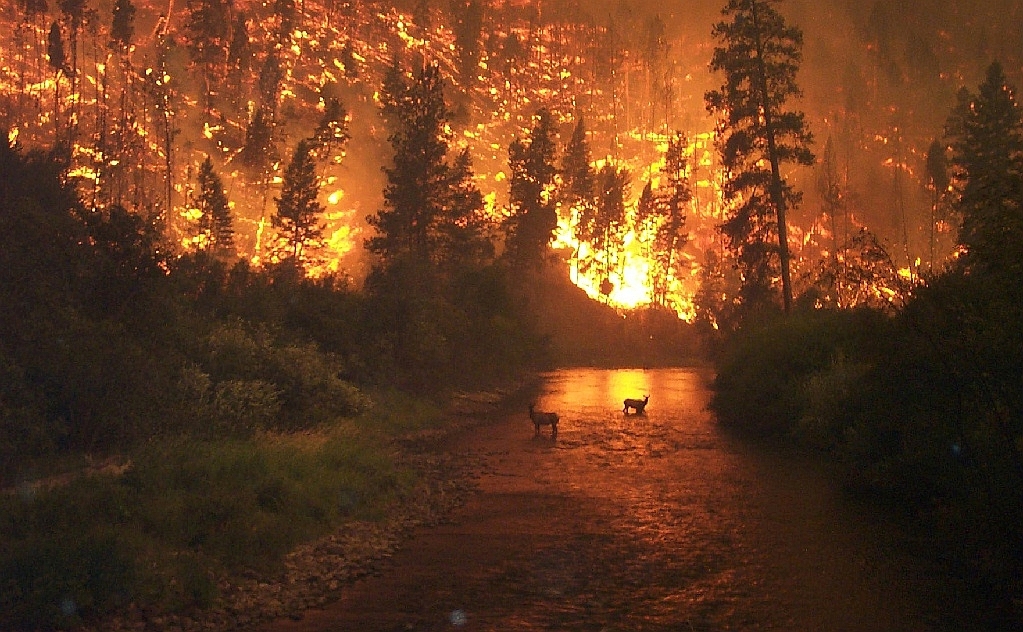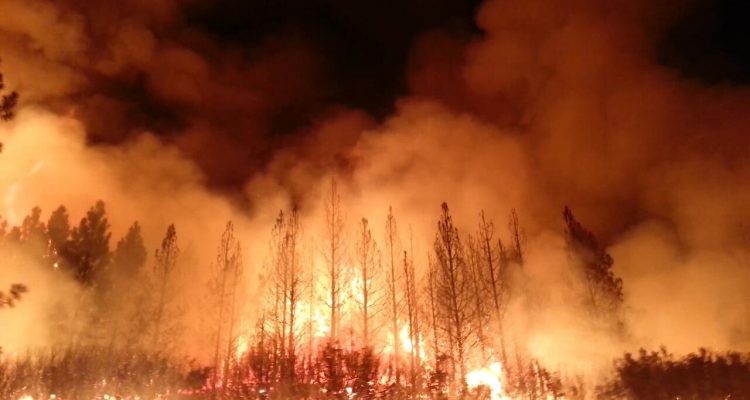By: Patrick W. Zimmerman
If you live in the American West, chances are you’ve smelt smoke from the annual summer wildfires recently. Lots of it. Eye-stinging amounts, even, if you’ve been in the right places. Colorado, California, and even non-traditional fire areas like Western Washington have seen alarming signs of a fire-tastic 2018 already.
What El Capitan usually looks like vs. what it looks like right now, via the @YoseConservancy webcam #FergusonFire pic.twitter.com/sy41UY2UCf
— Lauren Katz (@Laur_Katz) July 16, 2018
This summer, 3.5 million acres have already felt the sweet kiss of immolation, forests suddenly turning into kindling, with flames expanding at a rate of up to an acre per second. Coming on the heels of 2017’s record fire season, it feels like things are getting worse.
Well, are they?
The question
Are wildfires occurring more frequently than they used to, with more destructive potential, and is any of that directly attributable to climate change?
The short-short version
The last two years have seen a steep increase, but the medium-term (30 year) fire frequency ebbs and flows, clearly correlated with global warming as measured by the annual July Sea Surface Temperature anomaly (SST). Given the somewhat random nature of the specific context of each fire (proximity to urban centers and firefighting units, density of fuel, proximity to natural barriers such as large bodies of water or fuel-poor deserts, or sudden changes in the weather), the acreage burned per year has a weaker correlation to SST.

After the 2017 Tubbs fire in Santa Rosa, CA. Photo credit: California National Guard
Results
Mouseover for details.
SST anomaly is correlated with the number of yearly wildfires over the last 30 years with an R2 of 0.615. Which, in plain English means that it’s really likely that the two phenomena are linked in a way that cannot be attributed to chance.
What does this mean? Well, it also means that a lot of land is burning…
Mouseover for details.
…and that those fires cost a lot of money to put out.
Mouseover for details.
Note: this is just the cost of fighting the fire, and does not include disaster relief, insurance payments, or rebuilding costs. So… yeah, there’s a literal cost to climate change, and you can calculate it in the table above.
How much has each state suffered? It varies from year-to-year, but yes, the hype is true: California is pretty much always on fire.
Mouseover for details.
Our top five states over the last 15 years for number of incidents: California, Texas, Georgia, North Carolina, and Florida. Honestly, the South surprised me a bit with the high number of individual wildfires fires (compared to the West), though if one looks at the acreage burned, it starts to make sense because…
Mouseover for details.
…big fires tend to happen more out West, particularly in Alaska where the distances involved make firefighting particularly difficult and allow fires time to grow unchecked. If you take Alaska out of the equation, then the states with the highest number of acres lost to fire are: California (again), Idaho, Texas, Oregon, and Montana.
Want to compare states on a year-by-year basis? Here you go:
Mouseover for details.
Source: All fire data pulled from the National Interagency Fire Center’s Statistics Portal.
What next?
The Federal Government has decided to prioritize short-term profit over long-term sustainability, and so has spent the entirety of the Trump Administration aggressively rolling back as many restrictions on, for example, dumping pollutants into the air, as possible. All in the name of ending the mean persecution of coal and industry by those nasty fake-news scientists.
So, how do you fight the central government in a federal system? With the states. 16 states plus Puerto Rico have joined the US Climate Alliance, which seeks to meet the Paris climate goals in spite of the country as a whole pulling out. Yes, California, Colorado, Massachusetts, and North Carolina will have little ability to directly influence policy in, say, West Virginia. But the idea behind state-lead policy change is that, if enough of a company’s potential market requires particular standards, it will entice a large number of companies to just tool all their product to the minimum, so as to avoid having to produce different items in different parts of the country, a process called “iterative federalism,” most obviously exemplified in California’s pushing of vehicle emissions regulations since the 1960s (which predate the founding of the EPA and, thus, grant the state the ability to set its own regulations through a kind of grandfather clause).
So, in short, what to do next is to keep pushing states and policies that help drop carbon production. Vote with your wallet and buy sustainable agricultural and manufactured products. Recycle and compost to get as close to the much-ballyhooed “zero-waste” goal (improbable, but certainly something to strive for).
It’s not just an ethical imperative; because a hotter world means more of this:

Montana burning, with elk. Photo credit: John McColgan, US Department of Agriculture

No Comments on "Burning down the house: The number of wildfires is (surprise!) correlated with climate change"